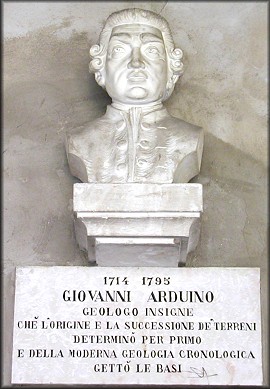
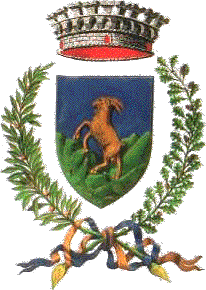
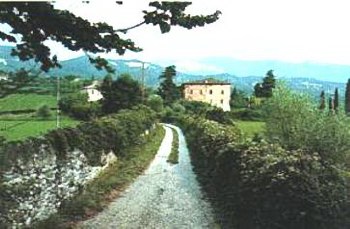
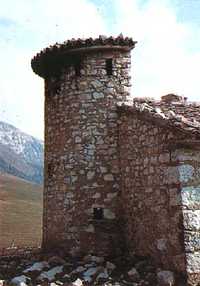
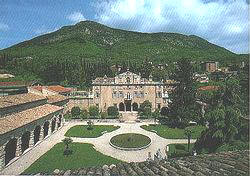
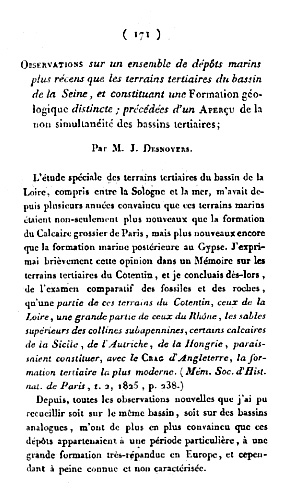
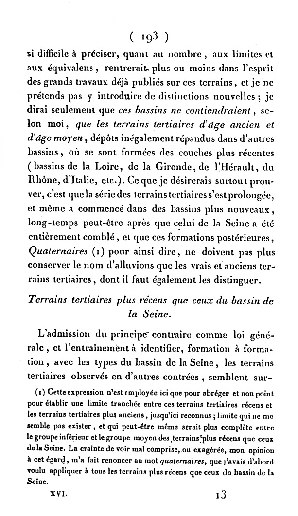
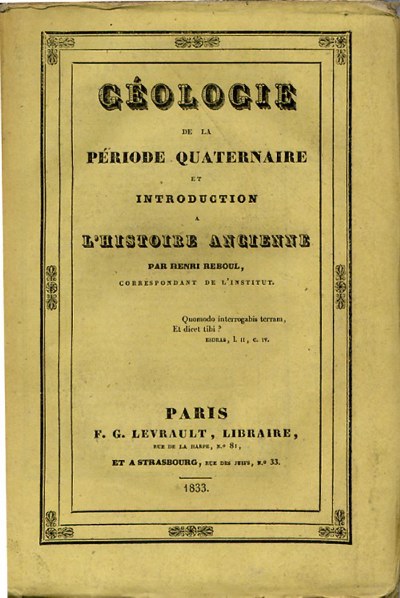
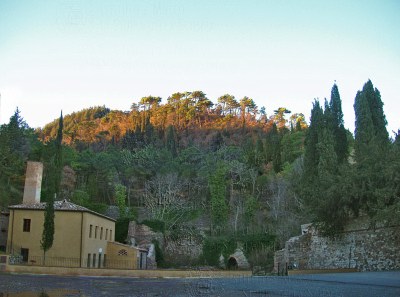
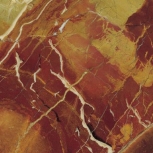
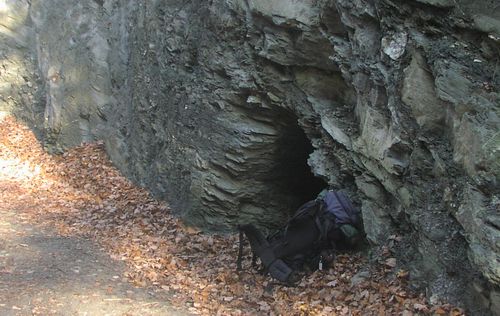
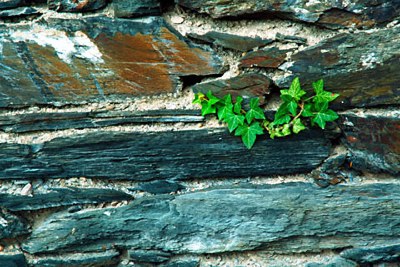
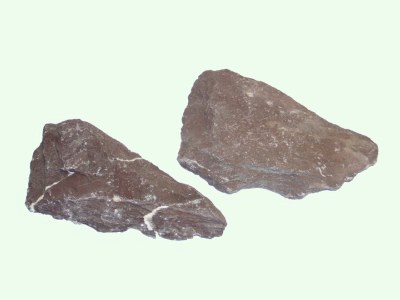
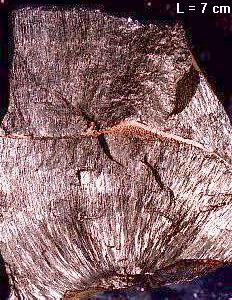
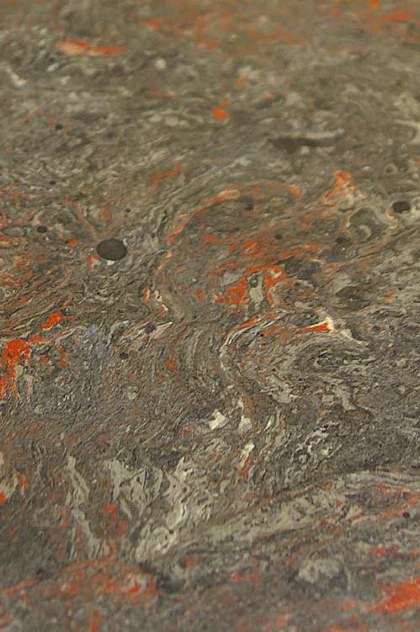
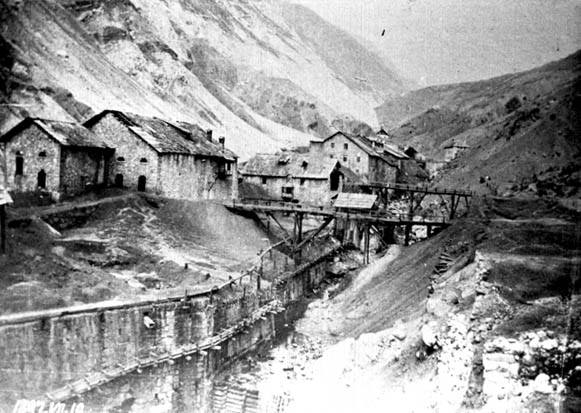

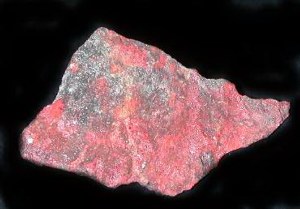
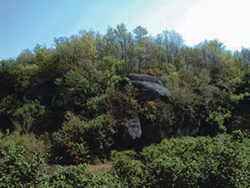
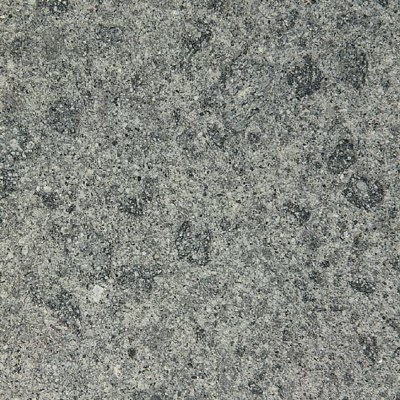
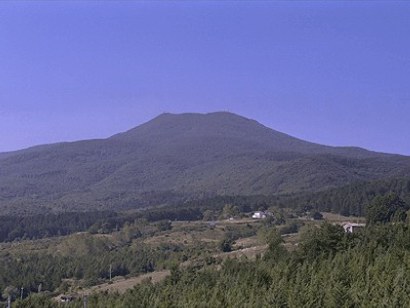
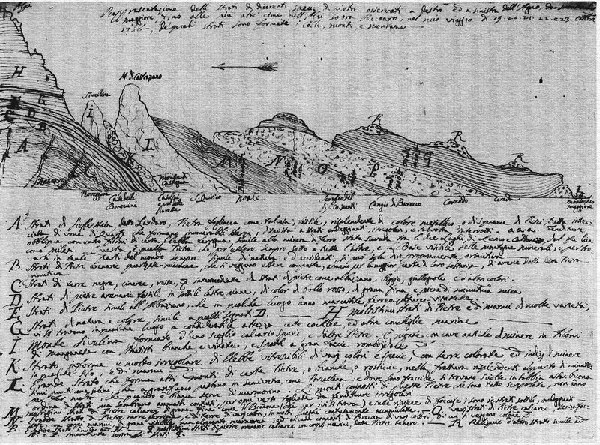
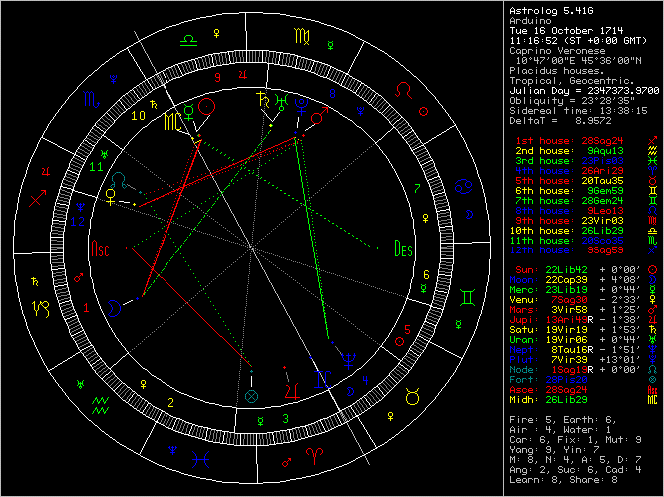
Planet
|
Longit.
|
Latitude
|
Declin.
|
Const.
|
H.D.
|
Period
|
Inclin.
|
O.Range
|
RM43
|
0Sa08
|
10n44
|
9s42
|
Sco
|
134.6
|
860
|
28.8
|
[35..146]
|
Logos
|
0Li10
|
2n13
|
1n58
|
Vir
|
43.2
|
302
|
2.9
|
[40..50]
|
TX300
|
0Ar17 r
|
17n46
|
16n22
|
Peg
|
40.3
|
287
|
25.8
|
[38..49]
|
GQ21
|
0Ta24 r
|
4s44
|
7n12
|
Cet
|
131.6
|
905
|
13.3
|
[39..148]
|
YQ179
|
0Pi33 r
|
15s10
|
25s24
|
Aqr
|
132.6
|
838
|
20.9
|
[38..140]
|
HB57
|
0Ge34 r
|
11s27
|
9n05
|
Tau
|
172.2
|
2022
|
15.5
|
[39..281]
|
EL61
|
0Li36
|
24n57
|
22n31
|
Com
|
51.5
|
282
|
28.2
|
[34..52]
|
FZ173
|
0Ta48 r
|
6n54
|
18n13
|
Ari
|
132.0
|
792
|
12.6
|
[33..138]
|
XX143
|
0Vi50
|
4n59
|
15n51
|
Leo
|
25.5
|
75
|
6.8
|
[10..26]
|
MS4
|
0Sa53
|
8n50
|
11s43
|
Sco
|
47.7
|
269
|
17.8
|
[36..48]
|
KF77
|
0Vi57
|
2n49
|
13n47
|
Leo
|
28.7
|
132
|
4.3
|
[20..32]
|
Eris
|
1Sc02
|
0n44
|
11s10
|
Vir
|
39.5
|
556
|
44.0
|
[38..97]
|
WL7
|
1Aq09
|
9s29
|
29s10
|
Mic
|
22.3
|
91
|
11.1
|
[15..25]
|
Varuna
|
1Ca09 r
|
1s07
|
22n22
|
Gem
|
42.8
|
283
|
17.2
|
[41..46]
|
Vesta
|
1Ta34 r
|
11s18
|
1n25
|
Cet
|
2.5
|
4
|
7.1
|
[2..3]
|
XA255
|
1Pi55 r
|
10s01
|
20s08
|
Aqr
|
34.3
|
163
|
12.7
|
[9..50]
|
Quaoar
|
2Sa06
|
6n42
|
14s02
|
Sco
|
43.5
|
284
|
8.0
|
[42..45]
|
Damocles
|
2Aq09 r
|
8s38
|
28s07
|
Cap
|
15.3
|
40
|
61.8
|
[2..22]
|
Cyllarus
|
2Aq13
|
12s27
|
31s48
|
Mic
|
17.5
|
135
|
12.6
|
[16..36]
|
Typhon
|
2Ar20 r
|
0n37
|
1n30
|
Psc
|
47.6
|
234
|
2.4
|
[18..58]
|
AZ84
|
2Ge52 r
|
1n26
|
22n10
|
Tau
|
45.8
|
250
|
13.5
|
[33..47]
|
CZ118
|
3Ge02 r
|
27n35
|
47n41
|
Per
|
158.7
|
1238
|
27.7
|
[38..192]
|
FY9
|
3Li07
|
27n26
|
23n48
|
Com
|
52.6
|
306
|
29.0
|
[38..53]
|
Okyrhoe
|
3Pi19 r
|
4n56
|
5s43
|
Aqr
|
10.2
|
23
|
15.6
|
[6..10]
|
RR43
|
3Ta49 r
|
22s41
|
8s35
|
Eri
|
37.8
|
287
|
28.5
|
[37..50]
|
TD10
|
3Li55
|
0n17
|
1s18
|
Vir
|
160.3
|
928
|
6.1
|
[12..178]
|
Mars
|
3Vi58
|
1n25
|
11n23
|
Leo
|
1.7
|
2
|
1.9
|
|
PN34
|
4Ca14 r
|
6n29
|
29n53
|
Aur
|
44.4
|
173
|
16.6
|
[13..49]
|
GM137
|
5Ar00 r
|
17s12
|
13s46
|
Cet
|
9.1
|
23
|
15.4
|
[7..9]
|
Hephaistos
|
5Ta07 r
|
1s20
|
11n59
|
Ari
|
3.1
|
3
|
16.2
|
[0..4]
|
OX3
|
5Li16
|
3s06
|
4s56
|
Vir
|
40.2
|
181
|
3.3
|
[17..46]
|
RZ215
|
6Vi03
|
0n54
|
10n09
|
Leo
|
147.4
|
1022
|
25.6
|
[31..172]
|
Phaethon
|
6Ge11 r
|
19n15
|
40n17
|
Per
|
2.4
|
1
|
20.3
|
[0..2]
|
CF119
|
6Pi17 r
|
12n16
|
2n12
|
Peg
|
130.1
|
841
|
19.7
|
[39..139]
|
FP185
|
6Ta22 r
|
21s27
|
6s39
|
Eri
|
185.5
|
3197
|
30.7
|
[35..399]
|
CO104
|
6Pi25 r
|
0s38
|
9s46
|
Aqr
|
26.8
|
118
|
3.0
|
[21..27]
|
Orcus
|
6Ca25 r
|
3s58
|
19n21
|
Gem
|
41.7
|
248
|
20.5
|
[31..48]
|
Ceres
|
6Li37
|
7n42
|
4n26
|
Vir
|
2.6
|
5
|
10.6
|
[3..3]
|
Juno
|
6Li39
|
1n45
|
1s02
|
Vir
|
3.0
|
4
|
13.1
|
[2..3]
|
Huya
|
6Le47
|
10s03
|
8n51
|
Cnc
|
40.0
|
247
|
15.5
|
[29..50]
|
Elatus
|
6Sc55
|
4n28
|
9s37
|
Lib
|
16.9
|
43
|
6.0
|
[7..17]
|
Urania
|
6Li57
|
1s14
|
3s53
|
Vir
|
2.6
|
0
|
0.0
|
[0..0]
|
Hylonome
|
7Ge08 r
|
4s04
|
17n31
|
Tau
|
26.2
|
126
|
4.2
|
[19..31]
|
OP32
|
7Aq15 r
|
21n43
|
2n34
|
Del
|
40.4
|
285
|
27.2
|
[39..48]
|
Atlantis
|
7Sc17
|
1s13
|
15s07
|
Lib
|
2.3
|
0
|
0.0
|
[0..0]
|
Venus
|
7Sa30
|
2s33
|
24s06
|
Oph
|
0.7
|
1
|
3.4
|
|
Sedna
|
7Pi36 r
|
3s37
|
12s05
|
Aqr
|
213.2
|
11976
|
11.9
|
[77..970]
|
Pluto
|
7Vi39
|
13n01
|
20n45
|
Leo
|
33.2
|
247
|
17.2
|
[30..49]
|
GB32
|
7Ge46 r
|
13s47
|
8n02
|
Ori
|
187.4
|
2984
|
14.2
|
[36..379]
|
DH5
|
8Sa00
|
21n48
|
0s08
|
Oph
|
24.6
|
103
|
22.5
|
[14..30]
|
OM67
|
8Vi04
|
6s13
|
2n47
|
Sex
|
135.0
|
970
|
23.4
|
[39..157]
|
Neptune
|
8Ta16 r
|
1s51
|
12n31
|
Ari
|
29.8
|
166
|
1.8
|
|
SA278
|
8Cp24
|
15n07
|
8s07
|
Sct
|
143.4
|
888
|
16.3
|
[33..152]
|
UX25
|
8Ar38 r
|
4n11
|
7n16
|
Psc
|
43.9
|
281
|
19.4
|
[37..49]
|
GZ32
|
8Ar41 r
|
15s39
|
10s55
|
Cet
|
23.7
|
111
|
15.1
|
[18..28]
|
VR130
|
9Sc06
|
2n17
|
12s23
|
Lib
|
33.1
|
117
|
3.6
|
[15..33]
|
CY118
|
9Ar50 r
|
13s53
|
8s51
|
Cet
|
134.9
|
862
|
25.5
|
[35..146]
|
VS2
|
9Pi52 r
|
10n15
|
1n37
|
Peg
|
38.2
|
249
|
14.8
|
[36..43]
|
Vertex
|
10Le18
|
|||||||
CR105
|
10Aq27r
|
2s41
|
20s14
|
Cap
|
162.6
|
3338
|
22.8
|
[44..402]
|
RL43
|
11Sc27
|
10n37
|
5s11
|
Lib
|
24.7
|
121
|
12.3
|
[23..26]
|
QD112
|
12Ca22r
|
14n15
|
37n04
|
Aur
|
29.9
|
84
|
14.5
|
[8..30]
|
TY364
|
12Aq58r
|
1n05
|
15s54
|
Cap
|
41.4
|
243
|
24.8
|
[36..41]
|
Lilith
|
13Li46
|
3s56
|
9s03
|
Vir
|
3.0
|
0
|
0.0
|
[0..0]
|
Jupiter
|
13Ar49 r
|
1s38
|
3n57
|
Psc
|
5.0
|
12
|
1.3
|
|
BU48
|
13Sa53
|
11n29
|
11s06
|
Oph
|
43.8
|
192
|
14.3
|
[20..46]
|
Talos
|
14Cp09
|
6n24
|
16s22
|
Sgr
|
1.5
|
1
|
23.4
|
[0..2]
|
QB1
|
14Ar10 r
|
0n43
|
6n15
|
Psc
|
41.0
|
294
|
2.1
|
[41..48]
|
Asbolus
|
14Ge11r
|
16n58
|
39n22
|
Aur
|
21.4
|
76
|
17.6
|
[7..29]
|
Hidalgo
|
14Li21
|
5n49
|
0s18
|
Vir
|
4.4
|
0
|
0.0
|
[0..0]
|
CO1
|
14Ca51
|
9n04
|
31n39
|
Gem
|
15.9
|
95
|
19.7
|
[11..31]
|
Pylenor
|
15Aq22r
|
0s30
|
16s44
|
Cap
|
12.0
|
69
|
5.5
|
[12..22]
|
Pelion
|
15Sc45
|
8n42
|
8s14
|
Lib
|
18.2
|
90
|
9.4
|
[17..23]
|
SB60
|
15Aq53r
|
16n25
|
0s23
|
Aqr
|
41.8
|
274
|
23.9
|
[38..47]
|
Radamantus
|
16Ca38
|
12n37
|
34n57
|
Gem
|
33.2
|
245
|
12.7
|
[33..45]
|
XZ255
|
17Sa16
|
0s14
|
23s06
|
Oph
|
16.0
|
63
|
2.6
|
[15..16]
|
RN43
|
17Cp30
|
18n35
|
3s53
|
Aql
|
41.1
|
268
|
19.3
|
[41..43]
|
RZ214
|
17Vi32
|
14s17
|
8s13
|
Crt
|
122.5
|
775
|
20.6
|
[36..132]
|
Amycus
|
17Ta47 r
|
13n38
|
30n12
|
Per
|
31.0
|
126
|
13.3
|
[15..35]
|
TC302
|
18Li03
|
1n20
|
5s52
|
Vir
|
50.8
|
409
|
35.1
|
[39..71]
|
KX14
|
18Vi20
|
0s21
|
4n17
|
Leo
|
40.6
|
241
|
0.4
|
[37..41]
|
RD215
|
18Li28
|
3s46
|
10s44
|
Vir
|
151.7
|
1348
|
26.1
|
[37..207]
|
Uranus
|
19Vi06
|
0n44
|
5n00
|
Leo
|
18.3
|
84
|
0.8
|
|
Saturn
|
19Vi19
|
1n53
|
5n58
|
Vir
|
9.4
|
29
|
2.5
|
|
Thereus
|
19Ta43 r
|
9s22
|
8n39
|
Tau
|
12.5
|
38
|
20.1
|
[9..14]
|
UR163
|
20Ge18r
|
0n26
|
23n33
|
Tau
|
64.4
|
372
|
0.7
|
[37..66]
|
Nessus
|
20Ta23 r
|
6n07
|
23n46
|
Ari
|
31.5
|
120
|
15.6
|
[12..37]
|
Pallas
|
20Li25
|
12n35
|
3n41
|
Vir
|
2.5
|
5
|
34.5
|
[2..3]
|
Chiron
|
20Aq26r
|
6n30
|
8s32
|
Aqr
|
16.0
|
48
|
7.0
|
[8..18]
|
Chariklo
|
20Aq28r
|
11n14
|
4s01
|
Aqr
|
17.9
|
63
|
23.4
|
[13..18]
|
MW12
|
20Sa37
|
21n07
|
2s05
|
Oph
|
46.1
|
308
|
21.6
|
[39..52]
|
PB112
|
20Li45
|
7s18
|
14s52
|
Vir
|
150.8
|
1111
|
15.5
|
[35..180]
|
Icarus
|
21Sa28
|
8s00
|
31s11
|
Sco
|
1.9
|
1
|
23.5
|
[0..2]
|
TL66
|
21Sc31
|
7n47
|
10s39
|
Lib
|
125.9
|
759
|
24.1
|
[35..132]
|
Heracles
|
21Aq52r
|
5n16
|
9s15
|
Aqr
|
3.0
|
2
|
10.5
|
[0..3]
|
OO67
|
21Li56
|
18n02
|
8n11
|
Vir
|
216.7
|
13561
|
20.1
|
[20..1117]
|
PJ30
|
22Ge10r
|
2n37
|
25n51
|
Tau
|
154.6
|
1361
|
5.6
|
[29..217]
|
Apogee
|
22Li26 r
|
3s11
|
11s42
|
Vir
|
||||
(Moon)
|
22Cp39
|
4n08
|
17s29
|
Sgr
|
1.0
|
0
|
5.2
|
|
Sun
|
22Li42
|
0n00
|
8s51
|
Vir
|
1.0
|
1
|
0.0
|
|
AW197
|
22Vi47
|
20s44
|
16s08
|
Crt
|
43.2
|
323
|
24.4
|
[41..53]
|
Flora
|
22Vi58
|
3n26
|
5n57
|
Vir
|
2.4
|
0
|
0.0
|
[0..0]
|
Bienor
|
23Sa00
|
18s54
|
42s09
|
Sco
|
18.6
|
67
|
20.7
|
[13..20]
|
Ixion
|
23Li15
|
13n37
|
3n37
|
Vir
|
48.6
|
247
|
19.6
|
[30..49]
|
Mercury
|
23Li19
|
0n44
|
8s24
|
Vir
|
0.4
|
0
|
7.0
|
|
UJ438
|
24Ge02r
|
0n16
|
23n37
|
Tau
|
8.6
|
74
|
3.8
|
[8..27]
|
VQ94
|
24Pi04 r
|
59s35
|
54s16
|
Eri
|
206.0
|
2608
|
70.1
|
[7..372]
|
Pholus
|
24Ta23 r
|
24s25
|
4s50
|
Eri
|
10.7
|
92
|
24.7
|
[9..32]
|
Ceto
|
24Aq33r
|
9n12
|
4s40
|
Aqr
|
156.9
|
1017
|
22.2
|
[18..184]
|
BL41
|
26Cp07
|
4n49
|
16s14
|
Sgr
|
9.6
|
31
|
13.3
|
[7..13]
|
(Midheav)
|
26Li29
|
0n00
|
10s14
|
Vir
|
||||
GV9
|
26Vi37
|
20s24
|
17s19
|
Crt
|
38.7
|
270
|
22.0
|
[39..45]
|
TO66
|
26Pi38 r
|
3n07
|
1n32
|
Psc
|
45.9
|
287
|
27.3
|
[38..48]
|
Echeclus
|
26Le56
|
2s01
|
10n39
|
Leo
|
16.2
|
37
|
4.4
|
[6..16]
|
Toro
|
27Sc02
|
1s49
|
21s17
|
Sco
|
1.7
|
2
|
9.3
|
[1..2]
|
XR190
|
27Li32
|
34s03
|
41s46
|
Cen
|
52.8
|
430
|
46.7
|
[53..61]
|
Crantor
|
28Ta00 r
|
11s12
|
8n49
|
Tau
|
23.6
|
86
|
12.8
|
[14..25]
|
Chaos
|
28Ge09r
|
7n59
|
31n27
|
Aur
|
41.1
|
311
|
12.0
|
[41..51]
|
(Ascend)
|
28Sa24
|
0n00
|
23s28
|
Sgr
|
||||
QB243
|
29Ge20r
|
5n47
|
29n15
|
Aur
|
50.9
|
203
|
6.8
|
[15..54]
|
SQ73
|
29Ta24 r
|
13n01
|
32n44
|
Per
|
18.0
|
75
|
17.5
|
[15..21]
|
FZ53
|
29Aq38r
|
27n37
|
14n18
|
Peg
|
33.9
|
116
|
34.8
|
[12..35]
|
Deucalion
|
29Li54
|
0n08
|
11s20
|
Vir
|
43.4
|
291
|
0.3
|
[41..47]
|
Node
|
29Sc58sr
|
0n00
|
20s10
|
Sco
|
Planet
|
Longit.
|
PB112
|
0Li00
|
Icarus
|
0Sa42
|
TL66
|
0Sc46
|
Heracles
|
1Aq06 r
|
OO67
|
1Li10
|
PJ30
|
1Ge24 r
|
Apogee
|
1Li40 r
|
(Moon)
|
1Cp54
|
Sun
|
1Li57
|
AW197
|
2Vi01
|
Flora
|
2Vi12
|
Bienor
|
2Sa15
|
Ixion
|
2Li30
|
Mercury
|
2Li34
|
UJ438
|
3Ge16 r
|
VQ94
|
3Pi18 r
|
Pholus
|
3Ta37 r
|
Ceto
|
3Aq48 r
|
BL41
|
5Cp22
|
(Midheav)
|
5Li44
|
GV9
|
5Vi51
|
TO66
|
5Pi53 r
|
Echeclus
|
6Le10
|
XR190
|
6Li46
|
Crantor
|
7Ta14 r
|
Chaos
|
7Ge24 r
|
(Ascend)
|
7Sa38
|
QB243
|
8Ge35 r
|
SQ73
|
8Ta38 r
|
FZ53
|
8Aq52 r
|
Deucalion
|
9Li08
|
Node
|
9Sc12 sr
|
RM43
|
9Sc22
|
Logos
|
9Vi24
|
TX300
|
9Pi31 r
|
GQ21
|
9Ar38 r
|
YQ179
|
9Aq48 r
|
HB57
|
9Ta48 r
|
EL61
|
9Vi51
|
FZ173
|
10Ar02 r
|
XX143
|
10Le04
|
MS4
|
10Sc08
|
KF77
|
10Le11
|
Eris
|
10Li16
|
WL7
|
10Cp23
|
Varuna
|
10Ge23r
|
Vesta
|
10Ar49 r
|
XA255
|
11Aq09r
|
Quaoar
|
11Sc20
|
Damocles
|
11Cp23r
|
Cyllarus
|
11Cp27
|
Typhon
|
11Pi34 r
|
AZ84
|
12Ta07 r
|
CZ118
|
12Ta16 r
|
FY9
|
12Vi21
|
Okyrhoe
|
12Aq33r
|
RR43
|
13Ar04 r
|
TD10
|
13Vi10
|
Mars
|
13Le12
|
PN34
|
13Ge28r
|
GM137
|
14Pi14 r
|
Hephaistos
|
14Ar21 r
|
OX3
|
14Vi30
|
RZ215
|
15Le17
|
Phaethon
|
15Ta26 r
|
CF119
|
15Aq31r
|
FP185
|
15Ar36 r
|
CO104
|
15Aq39r
|
Orcus
|
15Ge40r
|
Ceres
|
15Vi52
|
Juno
|
15Vi53
|
Huya
|
16Ca02
|
Elatus
|
16Li09
|
Urania
|
16Vi11
|
Hylonome
|
16Ta22 r
|
OP32
|
16Cp29r
|
Atlantis
|
16Li32
|
Venus
|
16Sc44
|
Sedna
|
16Aq50r
|
Pluto
|
16Le53
|
GB32
|
17Ta00 r
|
DH5
|
17Sc14
|
OM67
|
17Le19
|
Neptune
|
17Ar30 r
|
SA278
|
17Sa38
|
UX25
|
17Pi52 r
|
GZ32
|
17Pi55 r
|
VR130
|
18Li20
|
CY118
|
19Pi05 r
|
VS2
|
19Aq06r
|
Vertex
|
19Ca33
|
CR105
|
19Cp41r
|
RL43
|
20Li41
|
QD112
|
21Ge36r
|
TY364
|
22Cp12r
|
Lilith
|
23Vi00
|
Jupiter
|
23Pi03 r
|
BU48
|
23Sc07
|
Talos
|
23Sa23
|
QB1
|
23Pi24 r
|
Asbolus
|
23Ta25 r
|
Hidalgo
|
23Vi35
|
CO1
|
24Ge05
|
Pylenor
|
24Cp36r
|
Pelion
|
24Li59
|
SB60
|
25Cp07r
|
Radamantus
|
25Ge52
|
XZ255
|
26Sc30
|
RN43
|
26Sa44
|
RZ214
|
26Le46
|
Amycus
|
27Ar01 r
|
TC302
|
27Vi17
|
KX14
|
27Le35
|
RD215
|
27Vi42
|
Uranus
|
28Le21
|
Saturn
|
28Le33
|
Thereus
|
28Ar57 r
|
UR163
|
29Ta32 r
|
Nessus
|
29Ar37 r
|
Pallas
|
29Vi39
|
Chiron
|
29Cp40r
|
Chariklo
|
29Cp43r
|
MW12
|
29Sc51
|